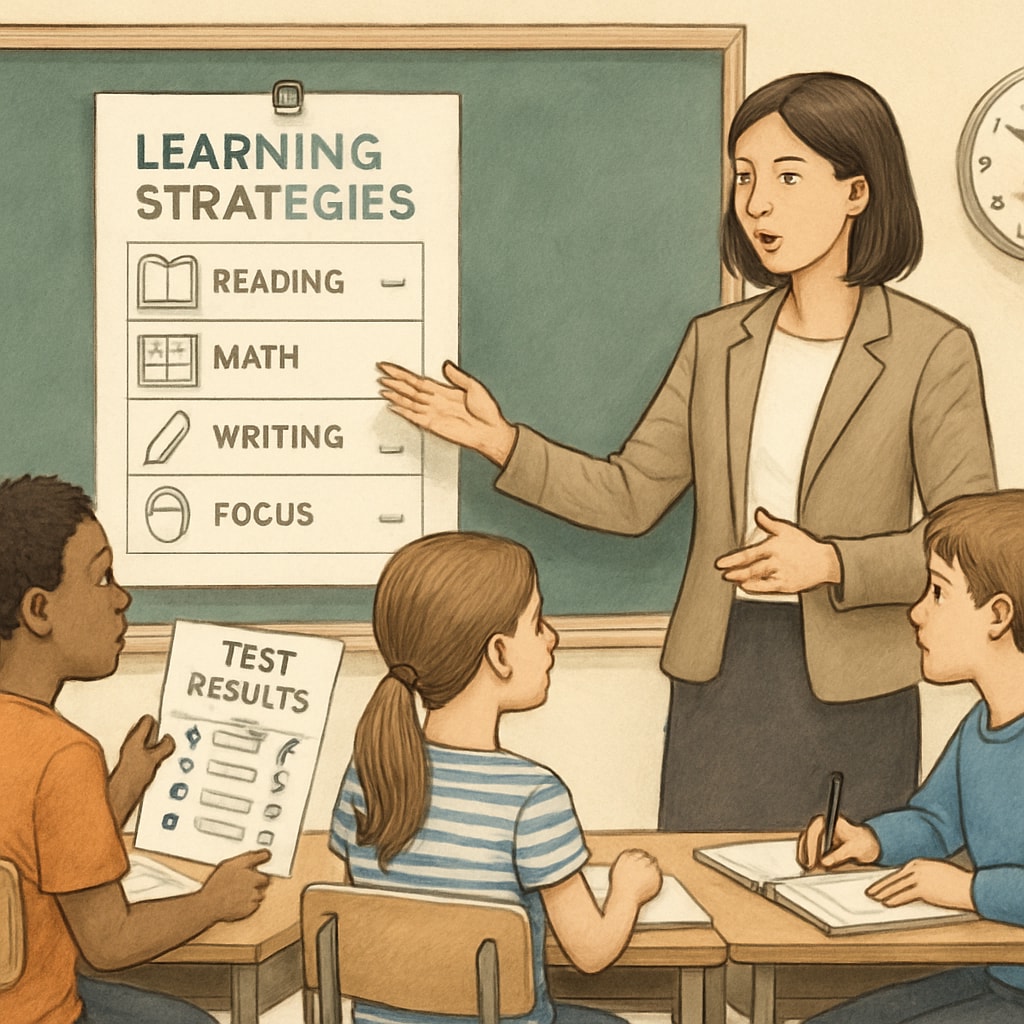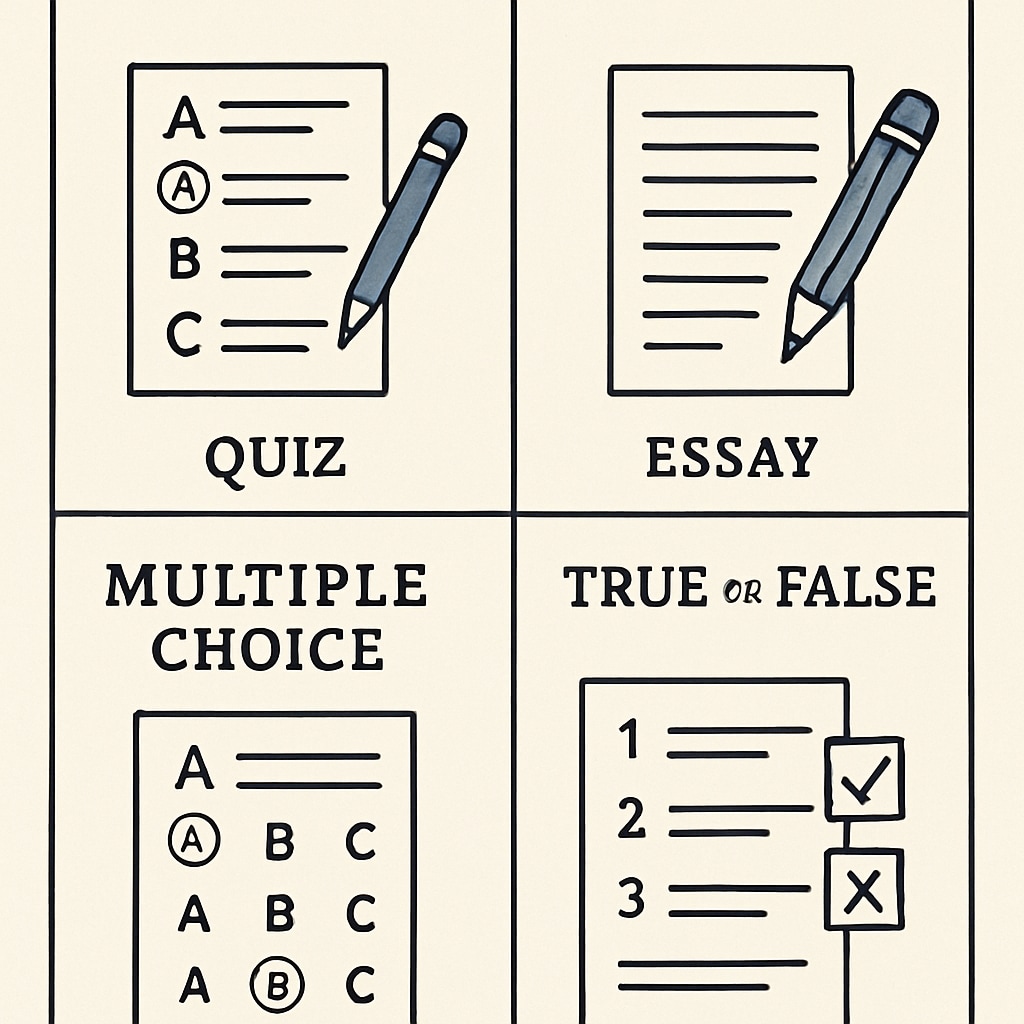High-quality test resources are more than mere tools for assessing student performance; they serve as powerful catalysts for deeper learning and self-reflection. For educators and parents alike, finding reliable, effective resources is essential to creating meaningful and personalized educational experiences for K12 students. But how can you identify and utilize these resources effectively? This article explores the importance of quality test materials and provides actionable tips for incorporating them into learning environments.
Why High-Quality Test Resources Matter
Test resources play a pivotal role in the educational journey of students. While their primary function is to evaluate academic performance, their impact goes far beyond grades. High-quality tests challenge students to think critically, apply knowledge, and reflect on their learning process. For example, adaptive assessments can highlight individual strengths and weaknesses, paving the way for tailored instruction.
Moreover, these resources foster engagement and motivation. When designed appropriately, tests become a learning tool rather than a source of stress. For instance, integrating questions that require analysis and problem-solving can encourage students to dig deeper into concepts. As a result, they develop essential skills that extend beyond the classroom.

How to Identify Reliable Test Resources
Choosing the right test resources is crucial, as the quality of the material directly impacts its efficacy. Here are key factors to consider:
- Alignment with curriculum: Ensure the test aligns with local educational standards and the specific curriculum used in your school.
- Age-appropriateness: Test materials should be tailored to the cognitive level and learning needs of the intended age group.
- Diversity of question types: Look for resources that include various question formats, such as multiple-choice, open-ended, and scenario-based questions.
- Feedback mechanisms: High-quality tests often include detailed feedback, helping students understand their mistakes and learn from them.
- Proven efficacy: Opt for resources developed by credible organizations or those backed by research studies.
External sources like Education.com and Khan Academy offer valuable test resources tailored to different grade levels and learning needs. These platforms often provide free and customizable options to enhance student learning outcomes.

Using Test Resources Effectively
Once you have identified quality test resources, it’s essential to integrate them strategically into the learning process. Here are practical steps for effective utilization:
- Set clear objectives: Define the purpose of the test—whether it is for formative assessment, skill evaluation, or diagnostic purposes.
- Prepare students: Provide clear instructions and context for the test. This reduces anxiety and ensures students understand its value.
- Analyze results: After administering the test, carefully analyze the results to identify trends, gaps, and areas for improvement.
- Tailor follow-up activities: Use the insights gained to design personalized learning activities that address individual student needs.
- Encourage reflection: Invite students to review their performance and reflect on what they have learned, fostering a growth mindset.
Furthermore, incorporating technology can elevate the process. Online platforms often provide automated grading, interactive dashboards, and analytics, making it easier to track progress and adapt instruction.
The Long-Term Benefits of Quality Test Resources
Investing time and effort into finding and using high-quality test resources yields significant long-term benefits. Students not only achieve better academic outcomes but also develop critical thinking, problem-solving, and self-assessment skills. Educators and parents, meanwhile, gain valuable insights that inform their teaching strategies and support efforts.
As a result, the educational experience becomes more holistic and impactful. With the right tools, tests transform from simple evaluations into integral components of a student’s growth journey.
Conclusion: High-quality test resources are indispensable for modern education, serving as both evaluative and developmental tools. Educators and parents should prioritize finding reliable materials that align with curriculum goals and student needs. By incorporating these resources thoughtfully, you can empower K12 students to reach their full potential.


